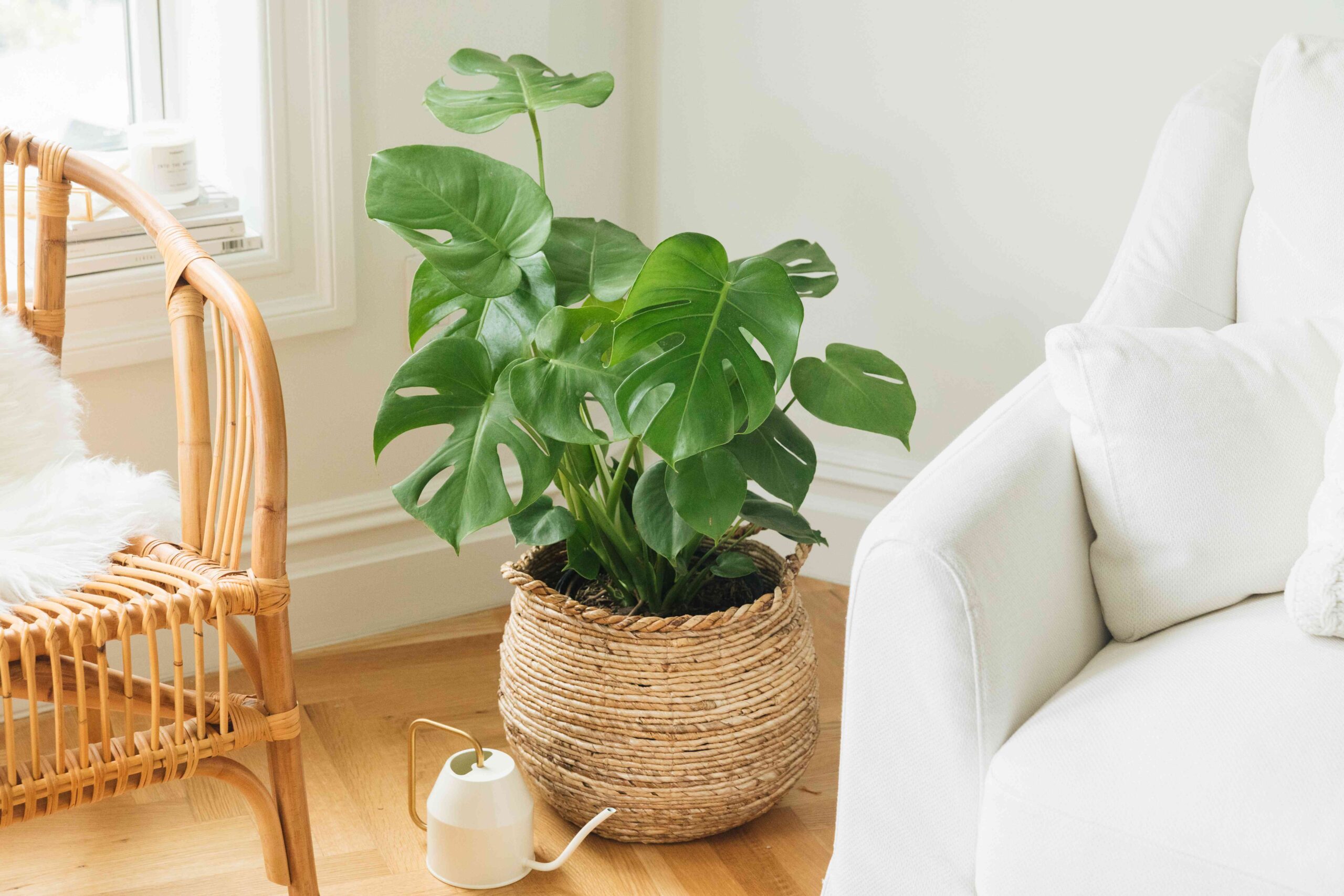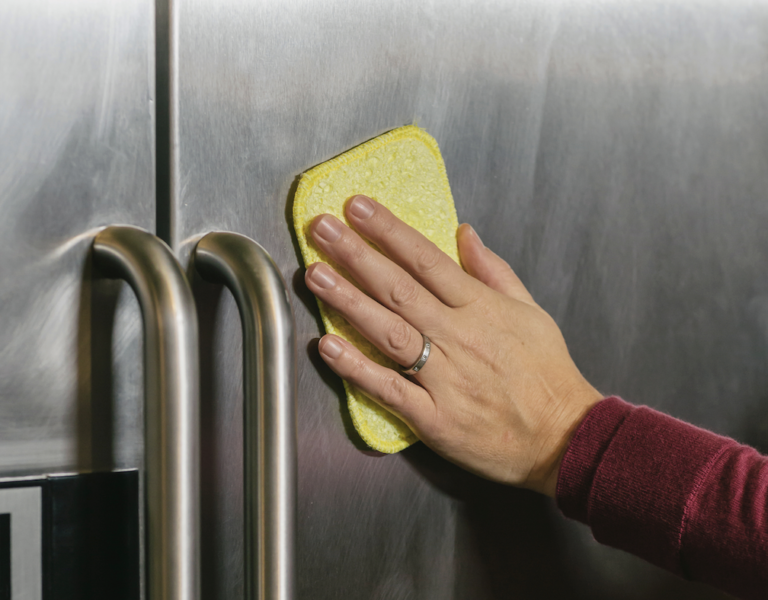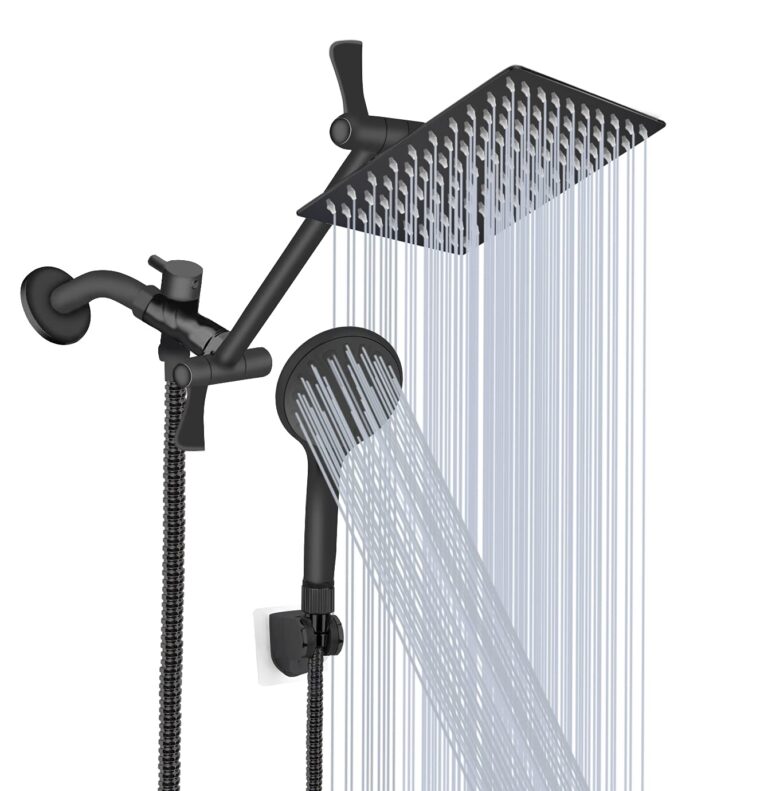What Is The Best Way For A Monstera To Grow?
Monstera, also known as the Swiss cheese plant, is a popular houseplant known for its large, heart-shaped leaves. It is an easy-to-care-for plant, but to ensure healthy growth and a lush display of foliage, there are a few tips to follow. The best way for Monstera to grow is in a well-draining soil mix, in a pot with plenty of drainage holes. Provide indirect sunlight and maintain consistent moisture levels by watering regularly and fertilizing every two to four weeks. Prune away dead or damaged leaves regularly and provide a support structure, such as a trellis, to help the plant climb. With proper care, your Monstera will thrive in your home.
Selecting a Suitable Environment
When it comes to growing a Monstera deliciosa, the environment it’s placed in can make all the difference. To flourish, Monstera plants need a warm, humid, and well-lit environment. Too much direct sunlight can cause the leaves to burn, so it’s important to find a spot that gets bright, indirect sunlight.
When it comes to humidity, Monstera prefers high humidity and thrives in temperatures that range between 75-80 degrees Fahrenheit during the day and 65-70 degrees Fahrenheit at night. To increase the humidity around your Monstera, consider misting the leaves, setting up a humidifier, or placing your plant on a tray of wet pebbles.
In terms of soil, Monstera prefers well-draining soil with plenty of organic matter. To ensure your Monstera’s soil is loose, aerated, and nutrient-rich, mix in a potting mix with equal parts peat moss, perlite, and orchid bark.
Finally, Monstera should be watered regularly, but not too often. Allow the top inch of soil to dry out before giving your Monstera a thorough watering. If you notice droopy leaves or yellowing, it could be due to too much or too little water.
By following these tips, you can ensure your Monstera is given the best environment to thrive in.
Potting and Repotting Monsteras
Monsteras, also known as Swiss cheese plants, are a popular choice for houseplants due to their attractive foliage and easy care. However, when it comes to potting and repotting Monsteras, there are a few important things to keep in mind.
When purchasing a Monstera, it’s important to select a pot that is large enough to accommodate the plant’s root system. It’s also important to choose a pot with good drainage to prevent root rot. When it comes time to report, it’s important to make sure the new pot is only slightly larger than the old one. Monsters don’t like to be root-bound and will do best in a pot that allows their roots to spread out.
In terms of soil, Monsteras prefer a soil mix that is well-draining and rich in organic matter. A combination of peat moss, compost, and perlite is ideal. When repotting, it’s important to ensure that the soil level of the new pot is the same as the old one. This will help keep the Monstera’s root system balanced.
Lastly, it’s important to water your Monstera consistently. Water when the top inch of soil is dry and be sure to water thoroughly. Too little water can cause the soil to become compacted, and too much water can cause root rot.
All in all, potting and repotting a Monstera is relatively simple. Just make sure to choose a pot with good drainage, use a soil mix that is well-draining and rich in organic matter, and water consistently. With proper care, your Monstera will be thriving in no time.
Watering and Fertilizing
When it comes to watering and fertilizing Monstera plants, it’s important to keep in mind that they are epiphytes, which means they use their aerial roots to absorb moisture and nutrients from the air, rather than from the soil. Therefore, it’s best to water your Monstera from the top, making sure to thoroughly saturate the soil. In addition, it’s important to avoid overwatering, as this can lead to root rot. Fertilizing your Monstera is also important; however, you should only do so during the growing season. Choose a fertilizer specifically formulated for houseplants and mix it at half-strength. Additionally, be sure to water your plant before and after applying the fertilizer to ensure proper absorption. Lastly, remember to avoid over-fertilizing at all costs, as too much fertilizer can cause leaf burn.
Pruning and Propagation
Monstera plants are strong and resilient, making them a great addition to any garden or home. Pruning and propagation are two of the best ways to keep your Monstera healthy and thriving. Pruning helps maintain the plant’s size and shape, allowing for new growth and preventing overcrowding of the leaves. Propagation, on the other hand, is the process of taking a cutting from a healthy plant and growing a new plant from it. Pruning should be done regularly to encourage healthy new growth and to remove dead or damaged leaves. Propagation can be done with stem cuttings, air-layering, or division. Each method will produce a new Monstera plant with its unique shape and size. Both pruning and propagation are essential for keeping a Monstera healthy and growing. Knowing proper pruning and propagation techniques can help you keep your Monstera looking its best.

Common Problems and Solutions
Monstera plants are known for their large, lush foliage and can thrive in a variety of conditions. However, they can be sensitive to changes in their environment and can be prone to certain problems. Fortunately, there are some simple solutions to keep your Monstera healthy and thriving. Common problems include pest infestations, root rot, and nutrient deficiencies.
Pest infestations can be caused by a variety of bugs, including mealybugs, scale, and spider mites. To get rid of pests, it’s important to inspect your Monstera often for signs of infestation. If you do find pests, you can use an insecticidal soap or horticultural oil to kill them.
Root rot can be caused by too much water or poor soil drainage. To avoid root rot, it’s important to allow the soil to dry between waterings and ensure that the soil drains properly. If your Monstera is already showing signs of root rot, you can try repotting it in fresh soil or using a fungicide to treat the plant.
Nutrient deficiencies can also be a problem for Monstera plants. To ensure that your plant has all the nutrients it needs, it’s important to use a fertilizer that is specifically designed for Monstera plants. Additionally, you can add compost or organic matter to the soil to improve its nutrient content.
By following these simple steps, you can ensure that your Monstera is healthy and thriving. With proper care, your Monstera can provide you with years of vibrant foliage.
Light and Temperature Requirements
When it comes to taking care of a Monstera, the best way to ensure it grows to its fullest potential is by providing the right light and temperature requirements. Light is essential for photosynthesis, and the level and duration of light that a Monstera needs depends on its location. Indoor plants require bright, indirect light, whereas outdoor Monstera need more direct sunlight. When it comes to the temperature, Monstera thrives best in warmer climates and will suffer in cold temperatures, so it’s important to keep an eye on the temperature where your Monstera is located. Also, make sure your Monstera is not in a drafty spot as this can cause it to become unhealthy. By providing the correct light and temperature requirements, your Monstera will be able to reach its full potential and be a source of joy to you for years to come.
Training Monsteras for Support
Monsteras are magnificent plants that can add a touch of tropical charm and lush greenery to any home or office environment. Because of their distinctive foliage and easy-care nature, Monsteras have become increasingly popular. But to keep the plants healthy and thriving, it’s important to train Monsteras for support. This involves pruning and training the vines to grow along a trellis or other structure to encourage more even growth.
When training Monsteras, it’s important to remember that they are vining plants that need support to reach their full potential. If left untrained, Monsteras vines may become weak, spindly, or even break off. To prevent this, the vines can be carefully pruned and trained to support a trellis or other structure. This will help keep the plant upright and encourage a more even and healthy growth.
In addition to pruning and training, it’s also important to provide Monsteras with well-draining soil and plenty of indirect sunlight. While these plants are relatively easy to care for, Monsteras require consistent watering and fertilization to stay healthy. Because of this, it’s important to keep an eye on the plants and watch for signs of stress or disease.
By providing Monsteras with the proper care and support, they will reach their full potential. With regular pruning and training, the plants can become strong and vigorous and will produce beautiful foliage for years to come. With the right care and attention, Monsteras can become an impressive and attractive addition to any home or office.
Troubleshooting Tips
Monstera plants are an incredibly popular species of houseplant due to their distinctive foliage and easy care requirements. While they are generally low-maintenance, knowing how to troubleshoot any issues that may arise is key to keeping your Monstera healthy and happy. Here are some tips for troubleshooting your Monstera’s growth:
Firstly, make sure you are providing your Monstera with the best growing conditions. Monstera plants thrive in a warm, humid environment with indirect sunlight and regular watering. If your Monstera is not receiving the right amount of sunlight, humidity, or water, its growth may be stunted.
You should also check to make sure that your Monstera is not being over- or under-watered. Too much water can cause root rot, while too little water will cause the leaves to turn yellow and droop. The best way to check is to feel the soil with your finger; if it’s dry, it’s time to water.
Finally, it’s important to fertilize your Monstera plant regularly. Fertilizer provides essential nutrients that help promote healthy growth. Use a balanced fertilizer every three months during the growing season, and make sure to follow the directions on the package.
By following these tips, you will ensure that your Monstera is growing in the best conditions possible and will be able to enjoy its lush foliage for years to come.
FAQs About the What Is The Best Way For A Monstera To Grow?
Q: What kind of soil should I use to grow a Monstera?
A: Monsteras prefer soil that is well-draining and slightly acidic. A good mix would be two parts peat moss, one part perlite, and one part topsoil.
Q: What kind of light does a Monstera need?
A: Monsteras prefer bright, indirect light. They can tolerate low light levels, but the leaves may become leggy and the plant may not flower.
Q: How often should I water my Monstera?
A: Monsteras should be watered when the top inch of soil is dry. Water until the soil is evenly moist but not soggy.
Conclusion
The best way for a monstera to grow is to provide it with a humid, warm environment and plenty of bright, indirect sunlight. The soil should be kept moist, but not soggy, and fertilizer should be applied once every two months. With proper care, a monstera can thrive, producing large, glossy leaves and vibrant vines.





